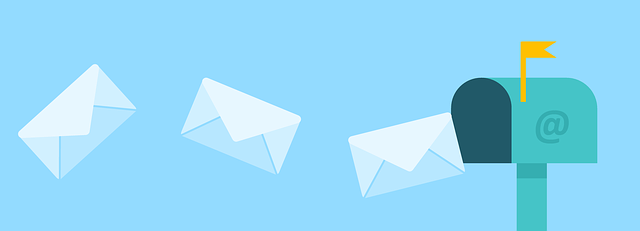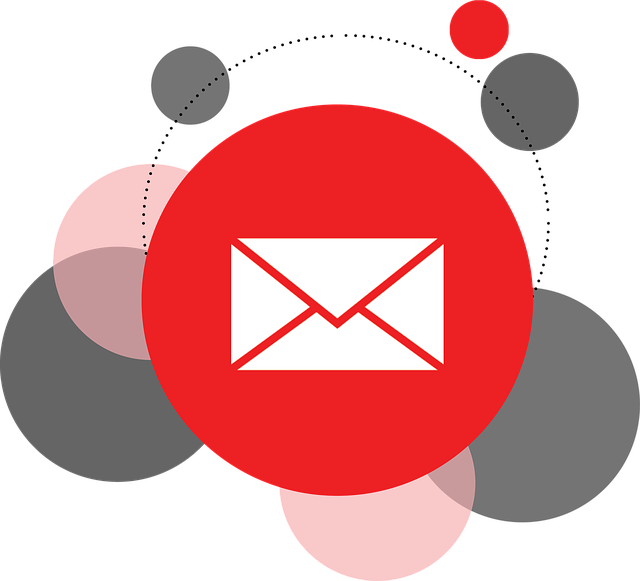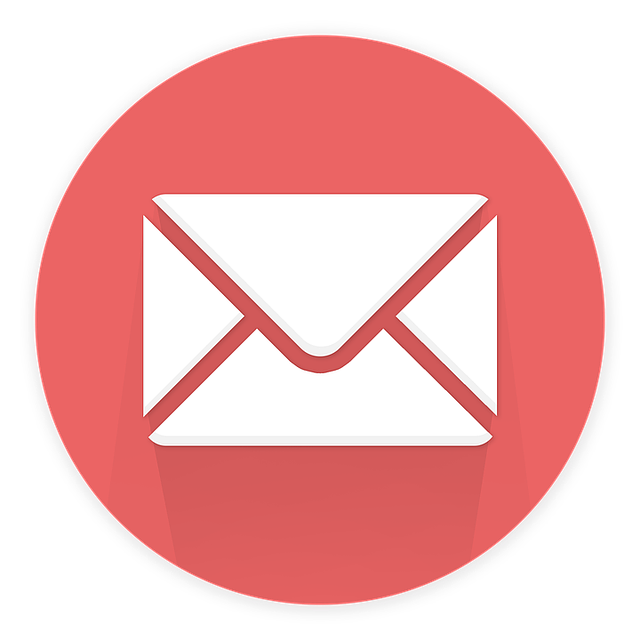Dive into the depths of email marketing success with our comprehensive article, ‘A Deep Dive into Email Marketing Case Studies: Lessons Learned and Best Practices.’
Like exploring the hidden treasures of the ocean, we’ll guide you through the intricacies of crafting powerful email campaigns that yield remarkable results.
In this article, you’ll discover the secrets of analyzing successful email marketing campaigns and learn how to avoid common pitfalls that can sink your efforts.
We’ll show you how to craft engaging subject lines and preheaders that lure readers in, and share strategies to maximize your email open and click-through rates.
But it doesn’t stop there. We’ll also teach you the art of nurturing leads and building strong customer relationships through email marketing.
And because we believe in the power of data, we’ll show you how to measure and analyze your email marketing performance, so you can continuously improve and optimize your strategies.
Get ready to embark on an enlightening journey, where you’ll uncover valuable insights and best practices to propel your email marketing efforts to new heights.
Let’s set sail together!
Key Takeaways
- Analyzing successful email marketing campaigns is crucial for achieving email marketing success.
- Email segmentation is important for effective and targeted email campaigns.
- Improving email deliverability should be a priority to ensure emails reach the intended recipients.
- Crafting engaging subject lines and preheaders is essential for capturing recipients’ attention and increasing open rates.
Analyzing Successful Email Marketing Campaigns
Analyzing successful email marketing campaigns is crucial for understanding what works and what doesn’t. By studying these campaigns, you can gain valuable insights into effective strategies and techniques that can be applied to your own email marketing efforts.
One key aspect to analyze is email segmentation. This involves dividing your subscriber list into smaller, targeted groups based on specific characteristics or behaviors. By tailoring your messages to these segments, you can deliver more relevant content to your audience, resulting in higher open and click-through rates.
Another important factor to consider is improving email deliverability. This involves optimizing your email sending practices to ensure that your messages reach your subscribers’ inboxes and not their spam folders. By following best practices, such as regularly cleaning your email list and using authentication protocols, you can increase your deliverability rates and maximize your email marketing success.
Now let’s explore how to avoid common email marketing pitfalls.
Avoiding Common Email Marketing Pitfalls
To avoid falling into common email marketing pitfalls, you need to approach your campaigns like a skilled tightrope walker, carefully navigating the delicate balance between engaging content and overwhelming your audience.
One common pitfall to avoid is deliverability issues. Make sure your emails aren’t ending up in the spam folder by following best practices for email authentication and avoiding spam triggers.
Another pitfall to avoid is sending generic emails to your entire list. Improve your email segmentation by dividing your audience into smaller, more targeted groups based on demographics, behavior, and preferences. This’ll help you send personalized and relevant content to each segment, leading to higher engagement and conversion rates.
By avoiding deliverability issues and improving email segmentation, you can maximize the effectiveness of your email marketing campaigns. Crafting engaging subject lines and preheaders is the next step in capturing your audience’s attention and driving them to open your emails.
Crafting Engaging Subject Lines and Preheaders
Crafting engaging subject lines and preheaders is essential for grabbing your audience’s attention and enticing them to open your emails. Testing different subject lines can help you determine which ones resonate best with your subscribers and improve your open rates.
A/B testing is a great way to experiment with different variations and see what works best. Additionally, incorporating personalization and urgency into your subject lines can create a sense of relevance and prompt your audience to take action.
Preheaders, on the other hand, provide a preview of the email’s content and can further entice recipients to open it. By crafting compelling subject lines and preheaders, you can maximize email open and click-through rates, ultimately leading to higher engagement and conversions.
Now, let’s dive into the next section and explore strategies for maximizing email open and click-through rates.
Maximizing Email Open and Click-Through Rates
If you want to maximize your email open and click-through rates, there are three key strategies you need to focus on.
First, optimize your email timing and frequency to ensure your messages are being sent at the most opportune moments.
Second, create compelling email content and graphics that grab the reader’s attention and entice them to take action.
And finally, leverage personalization and dynamic content to tailor your emails to each individual recipient, making them feel valued and increasing the likelihood of engagement.
By implementing these strategies, you can significantly improve the effectiveness of your email marketing campaigns.
Optimizing Email Timing and Frequency
Finding the perfect balance of timing and frequency for your email campaigns is like tuning an instrument; too much or too little can throw off the harmony and miss the mark with your audience. To optimize your email timing, consider segmenting your audience based on their preferences and behaviors. By sending emails at the times when they are most likely to be engaged, you can increase open and click-through rates. Additionally, using email automation can help ensure that your messages are delivered at the right time and frequency, without overwhelming your subscribers.
Here is a table that illustrates the best times to send emails based on industry benchmarks:
| Industry | Best Time to Send Emails |
|---|---|
| Retail | Tuesday and Thursday |
| Travel | Tuesday and Friday |
| Technology | Wednesday and Thursday |
By following these timing recommendations and using email segmentation and automation, you can optimize the effectiveness of your email campaigns. In the next section, we will explore the importance of creating compelling email content and graphics.
Creating Compelling Email Content and Graphics
Immerse yourself in the world of captivating email content and engaging graphics to truly captivate your audience and leave a lasting impression.
When it comes to email design, it’s important to create visually appealing layouts that not only grab attention but also enhance the overall message. Incorporate visual storytelling techniques to convey your brand’s story and connect with your subscribers on a deeper level. Use eye-catching images, videos, and infographics to make your emails more engaging and memorable.
Remember to keep your design simple and clutter-free, ensuring that it’s optimized for mobile devices. Utilize data-driven insights to understand what type of content resonates with your audience and tailor your emails accordingly.
By creating compelling email content and graphics, you can effectively communicate your message and build stronger connections with your subscribers.
Transitioning into the next section, let’s explore how personalization and dynamic content can further enhance your email marketing efforts.
Using Personalization and Dynamic Content
Utilizing personalization and dynamic content adds a touch of elegance to your email marketing strategy. It allows you to tailor your messaging to each individual subscriber and create a more personalized and engaging experience.
Here are four personalization techniques and dynamic content strategies that can take your email marketing to the next level:
-
Segment your audience based on demographics, preferences, or past interactions to deliver targeted content.
-
Incorporate personalized subject lines and email greetings to grab attention and make subscribers feel valued.
-
Use dynamic content blocks to display different images, offers, or product recommendations based on each subscriber’s interests or behavior.
-
Implement automated triggered emails that are sent in response to specific actions or events to deliver timely and relevant content.
By leveraging these personalization techniques and dynamic content strategies, you can nurture leads and build stronger customer relationships.
Nurturing Leads and Building Customer Relationships
When it comes to email marketing, the key to success lies in nurturing leads and establishing strong customer relationships. By implementing effective lead generation strategies, you can attract potential customers and convert them into loyal followers. Once you have captured their attention, it is crucial to focus on customer retention techniques to ensure long-term engagement. Building trust and providing personalized experiences are essential in nurturing leads and fostering customer relationships.
To illustrate the importance of nurturing leads, consider the following table:
| Benefits of Nurturing Leads |
|---|
| Increased conversions |
| Higher customer satisfaction |
| Improved brand loyalty |
| Enhanced customer lifetime value |
| Reduced churn rate |
These benefits highlight the significance of investing in lead nurturing strategies to build lasting customer relationships.
Transitioning into the next section about measuring and analyzing email marketing performance, it is vital to understand the impact of your efforts.
Measuring and Analyzing Email Marketing Performance
Imagine standing at the edge of a sprawling field, holding a telescope that allows you to see the intricate details of your email marketing performance, revealing insights that will guide your future strategies and decisions.
Tracking and reporting email marketing metrics is crucial to understanding your email deliverability and engagement rates. By analyzing open rates, click-through rates, and conversion rates, you can measure the effectiveness of your campaigns and optimize them for better results.
Additionally, tracking the return on investment (ROI) of your email marketing efforts helps you make informed decisions about budget allocation.
It’s important to regularly review and analyze your email marketing performance to identify areas for improvement and capitalize on successful strategies. By harnessing the power of data-driven insights, you can continuously optimize your email marketing campaigns and build stronger connections with your audience.
Frequently Asked Questions
What are some specific examples of successful email marketing campaigns that have achieved high open and click-through rates?
To achieve high open and click-through rates, successful email marketing campaigns employ various strategies for increasing engagement.
For instance, personalized subject lines that create a sense of urgency or curiosity can significantly boost open rates.
Additionally, including clear call-to-action buttons and relevant content tailored to the recipient’s interests can drive click-through rates.
These data-driven tactics have proven to be effective in capturing the attention of subscribers and driving desired actions.
How can I effectively segment my email list to ensure targeted and personalized email campaigns?
To effectively segment your email list for targeted and personalized campaigns, you should employ the power of email list segmentation. By categorizing your subscribers based on their demographics, preferences, and behaviors, you can tailor your messages to meet their specific needs and interests.
This ensures that your emails resonate with the recipients, leading to higher engagement and conversion rates. By sending relevant content to the right audience segments, you can maximize the effectiveness of your email campaigns and achieve your marketing goals.
What are some common mistakes to avoid when crafting subject lines and preheaders for my email campaigns?
To optimize your subject lines and preheaders for email campaigns, avoid common mistakes that can hinder engagement.
Keep subject lines concise, around 50 characters, and include action-oriented keywords.
Personalize subject lines to boost open rates.
For preheaders, use compelling snippets of text to provide additional context.
A/B test subject lines and preheaders to measure their effectiveness.
Data shows that well-crafted subject lines and preheader strategies can significantly improve open rates and click-through rates, leading to higher conversions.
Are there any best practices for optimizing email open rates on mobile devices?
To optimize email open rates on mobile devices, use mobile optimization techniques like responsive design and mobile-friendly content. These practices ensure that your emails are displayed properly and are easy to read on mobile screens.
According to data, 54% of emails are opened on mobile devices, so it’s crucial to follow mobile email best practices. By implementing these strategies, you can increase engagement and achieve higher open rates on mobile.
How can I measure the impact and ROI of my email marketing efforts, beyond just open and click-through rates?
To measure the impact and ROI of your email marketing efforts beyond open and click-through rates, you need to look at email marketing metrics beyond engagement.
Metrics like conversion rate, revenue per email, and customer lifetime value provide a clearer picture of your campaign’s effectiveness.
By analyzing these data points, you can identify which strategies are driving real results and make data-driven decisions to optimize your email marketing campaigns for maximum success.
Conclusion
Congratulations! You’ve reached the end of this deep dive into email marketing case studies. Hopefully, you’ve gained valuable insights and learned some best practices along the way.
Remember, email marketing is not just about sending messages; it’s about building relationships and engaging your audience. So, go forth and craft compelling subject lines, avoid common pitfalls, and measure your performance with data-driven analysis.
Because, let’s face it, in the world of email marketing, success is not just a click away, it’s a carefully crafted strategy that drives results. Happy emailing!









